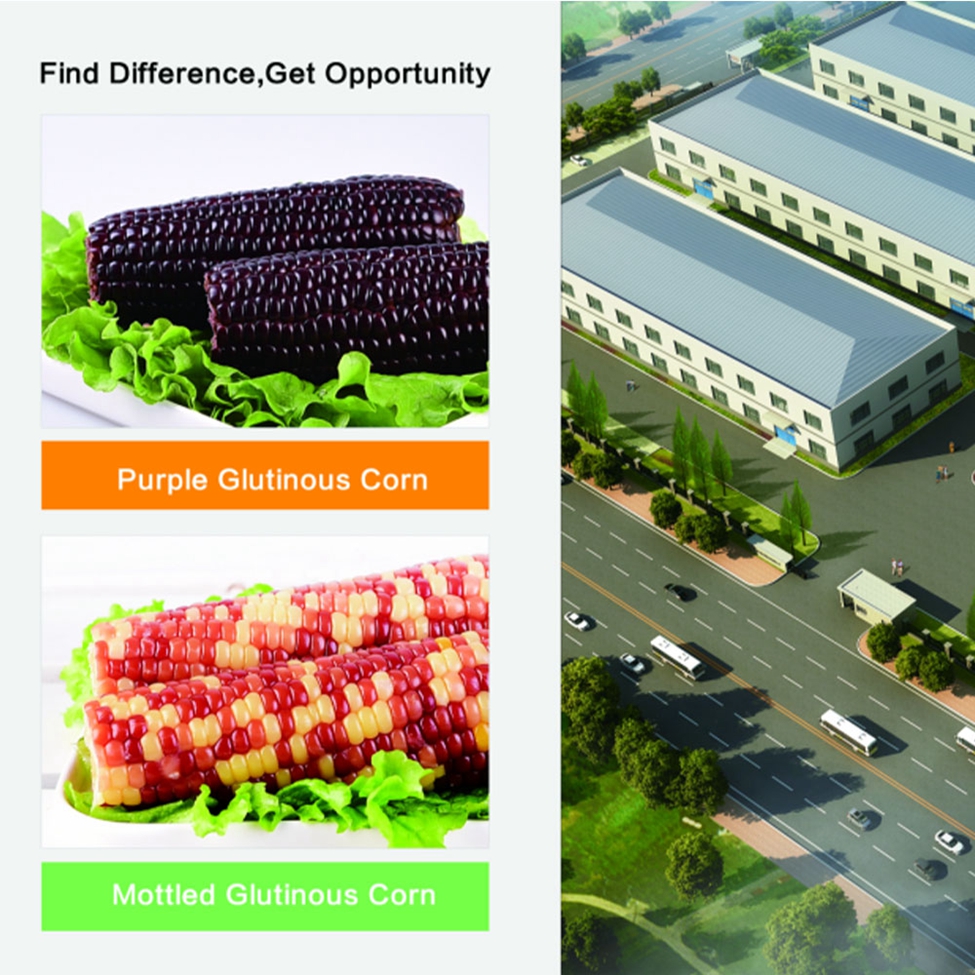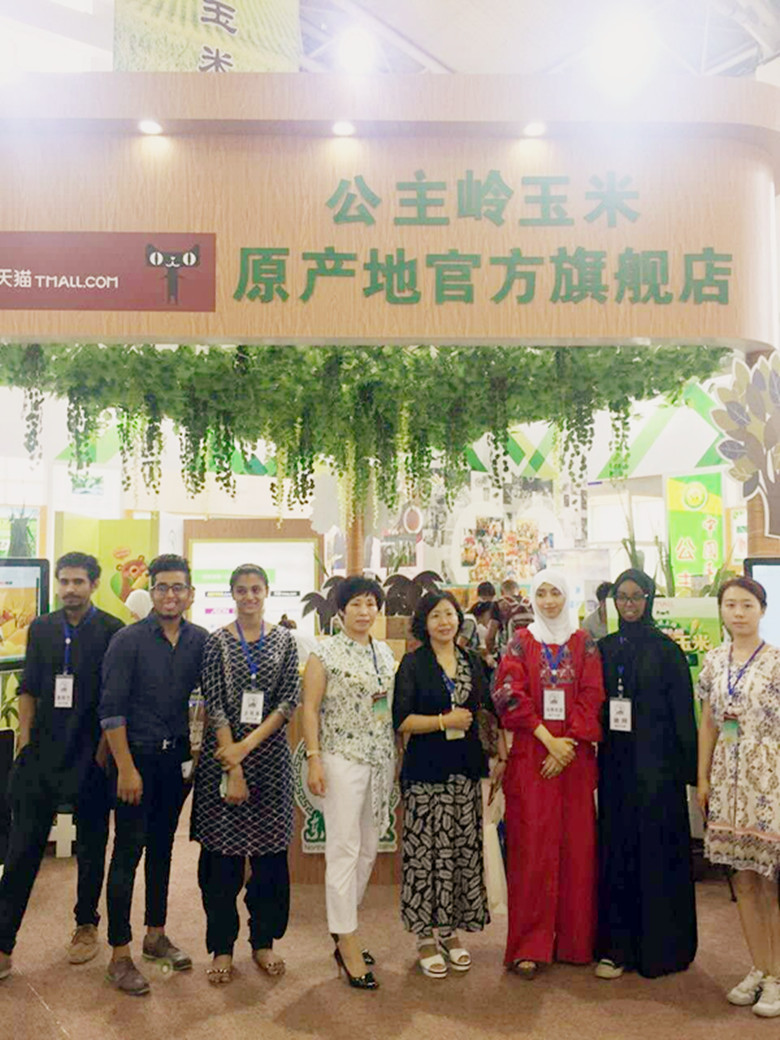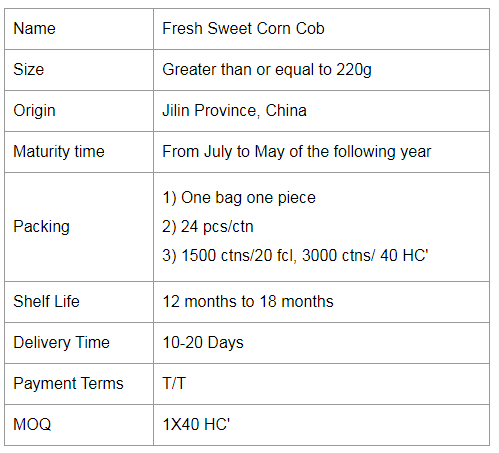1. Boron fertilizer. There are mainly borax, boric acid, followed by boron and magnesium fertilizer. Borax and boric acid are commonly used boron fertilizers, applying 0.5-0.75 kg per acre of soil, 0.1%-0.3% of foliar spray, 0.01%-0.1% of soaking seeds, and 0.2-kg of seeds per kg of seeds. 0.5 g. 2. Zinc fertilizer. There are mainly zinc sulfate, in addition to zinc oxide, zinc nitride, chelated zinc and the like. Zinc sulphate is a commonly used zinc fertilizer. The soil bottom application or topdressing is 1~2 kg per mu, the foliar spray concentration is 0.01%-0.05%, the soaking concentration is 0.02%-0.05%, and the seed dressing is 1~3 per kg of seed fertilizer. Gram. 3. Molybdenum fertilizer. There are mainly ammonium molybdate, followed by sodium molybdate and molybdenum trioxide. Ammonium molybdate is a commonly used molybdenum fertilizer, applying 50-150 grams per mu of soil, spraying concentration of 0.01% to 0.1%, soaking concentration of 0.05% to 0.1%, and seed dressing for each kilogram of seed fertilizer 2 to 5 Gram. 4. Copper fertilizer. There are mainly copper sulfate, in addition to copper oxide, chelated copper, copper-bearing slag and the like. Copper sulphate is a common copper fertilizer, applying 0.8-1.5 kg per acre of soil, 0.01%-0.05% of foliar spray, 0.01%-0.05% of soaking seed, and 0.3 g of seed per kg of seed. 5. Manganese fertilizer. There are mainly manganese sulfate, followed by manganese carbonate, manganese chloride, manganese oxide and the like. Manganese sulfate is a commonly used manganese fertilizer, applying 1 to 2 kg per acre of soil, spraying with a concentration of 0.05% to 0.2%, soaking seeds at a concentration of 0.05% to 0.1%, and seed dressing for each kilogram of seed fertilizer. 8 grams. 6. Iron fertilizer. There are mainly ferrous sulfate, and there are also ferrous ferrous sulfate and iron chelates. Ferrous sulphate is a commonly used variety, applying 5 kg per mu of soil bottom, and applying foliar spray concentration of 0.5% to 0.3%. The amount of micro-fertilizer is extremely small, and how to apply it evenly is a problem that plagues many vegetable farmers. Some farmers think that the fertilizer is too little, and there is no way to use it. Therefore, it is not necessary or increased the amount of micro-fertilizer, which is unfavorable for the normal growth of vegetables. In fact, the uniform application of micro-fertilizer is also very simple, because most of the micro-fertilizers are soluble, and the vegetable farmers can spray the dissolved fertilizer on the ground after the base fertilizer is sprinkled, and plow the soil into the soil together with the base fertilizer; The micro-fertilizer is dissolved in the bucket and is applied with water when watering. Disclaimer: Some articles on this website are transferred from the Internet. If legal rights of third parties are involved, please inform this website. phone Ready-to-eat Single Packed Sweet Corn
The factory is located in Gongzhuling City which known as "Hometown of Corns in China", it is one of the top three golden corn belts in the world far away from pollution.
If you have any questions, please contact us directly. Welcome to visit our factory, if you have any questions, please email us directly.
Sweet Corn Cob Varieties,Sweetest Sweet Corn,Sweet Corn Maize,Sweetened Corn Cob Jilin Province Argricultural Sister-in-law Food Co., Ltd. , https://www.nongsaocorn.com
Jilin Province, as the main corn producing region in China, is also in the main grain exporting province of the country. It has been the first in China in terms of total corn production and commercial grain rate. There has the mosst excellent soil and climate which are suitaable for corn growth. The corns there have high yield and excellent quality, are ideal raw materials for processing fresh sweet and waxy corn.Corn planting in the Northeast region is mostly one crop a year, and spring sowing is mainly based on clearing, which accounts for more than 50% of the corn planting area in the Northeast.
In addition to clearing, the importance of corn in crop rotation cannot be ignored. Rotate crops with sorghum, millet, soybeans and other crops to improve crop yields.
Affected by climatic characteristics, the choice of corn varieties in Northeast China is to choose varieties with moderate maturity or early maturity, and at the same time have the characteristics of low temperature tolerance and high yield.



Applying micro-fertilizer to vegetables and paying attention to the dosage
The reason why it is called micro-fertilizer is because its demand is small and the amount is small, but the lack of this element is not enough. However, many vegetable farmers do not know much about the amount of micro-fertilizer. Some vegetable farmers even apply tens of thousands of pounds at a time like applying compound fertilizer, which not only causes serious waste, but also poisons vegetables. The following describes the dosage of several major micro-fertilizers: